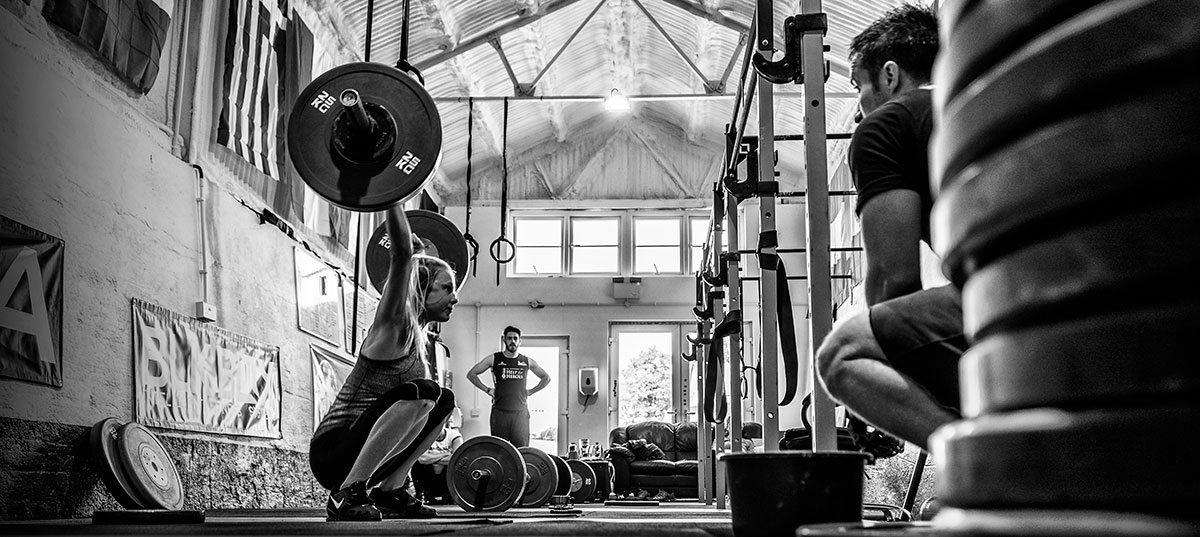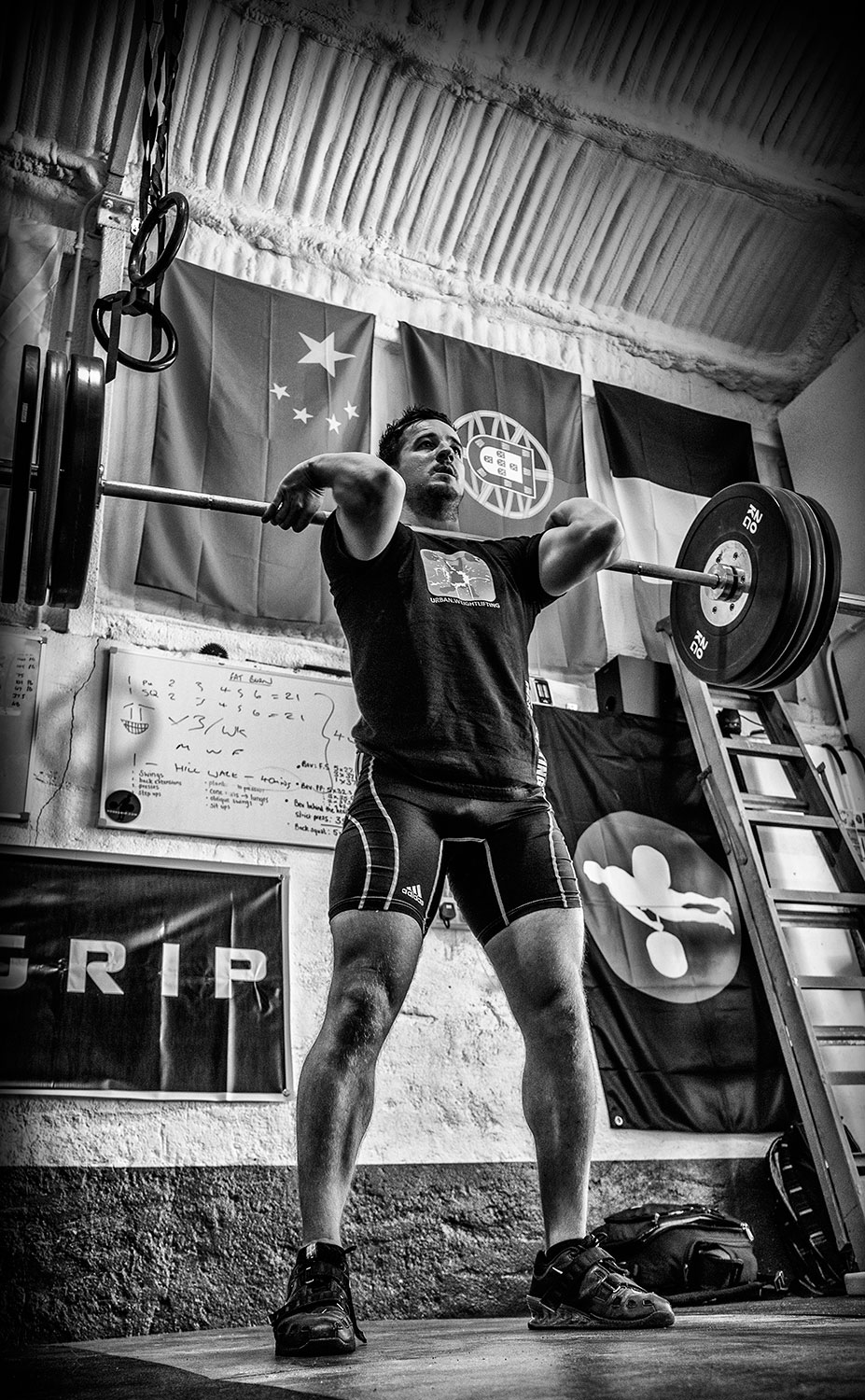Programming Youth:
The elimination of all injuries may be an unreasonable expectation, however with frequent participation in resistance training the young athlete can significantly reduce their risk of injury, specifically overuse injuries. Awareness and application of these truths is essential for the strength and conditioning coach, as they may be required to reassure any parents, sports coaches and the athletes themselves as to the rationale behind the structured programme. Complimentary to motor skill development, with earlier engagement in resistance training activities, children increase their probability of successfully progressing from junior level to elite level sport (Lloyd and Oliver, 2012).
The figure above from Faigenbaum et al. 2015 shows the cogs turning for each component to enhance the sporting development of the young athlete through diverse movement skills.
Programming at strengthfarm:
Timmy and the StrengthFarm coaches cater carefully, highlighting technical competency in all key movement patterns. From multi joint exercises (back squat, front squat and dead lift, bench) to more advanced lifting such as the classical weightlifting movements (snatch, clean and jerk and their derivatives). Furthermore, StrengthFarm caters for the development variables for the athlete focusing on speed, agility and flexibility for transfer to sports.
KEY MOVEMENT patterns
Figure. Outlines the components of athletic motor skills as edited by Llyod and Oliver, (2013) with sports associated movement.
Reference:
Faigenbaum, A. D., Lloyd, R. S., MacDonald, J., & Myer, G. D. (2015). Citius, Altius, Fortius: beneficial effects of resistance training for young athletes. British journal of sports medicine, bjsports-2015.
Lloyd, R. S., & Oliver, J. L. (2012). The youth physical development model: A new approach to long-term athletic development. Strength & Conditioning Journal, 34(3), 61-72.







